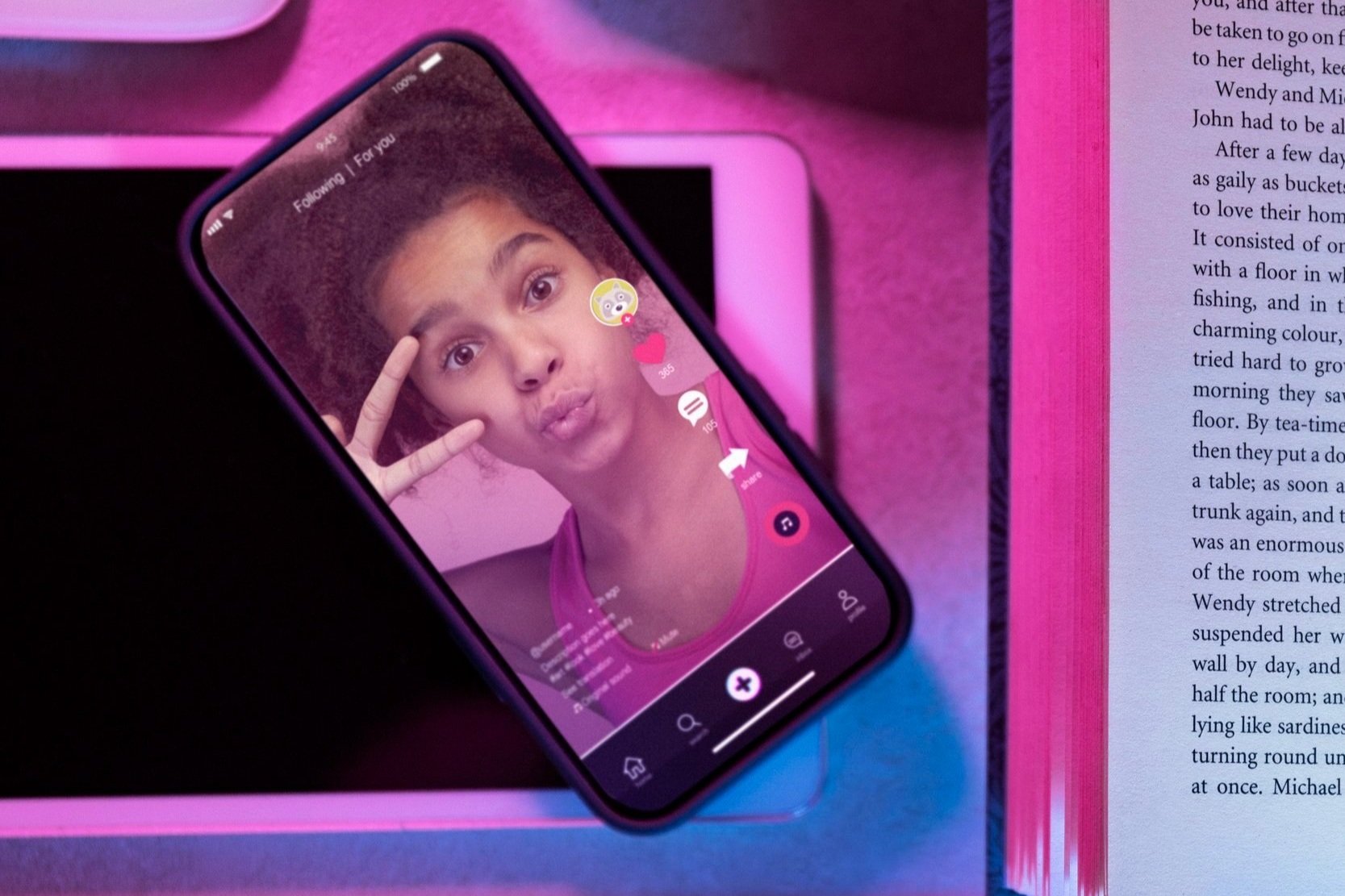TikTok’s Unexpected Evolution: From Trends to a Learning Hub
Remember when TikTok was just teenagers dancing in their bedrooms, lip-syncing to whatever song was trending that week? Yeah, those days are long gone. Somewhere between the viral dance challenges and the chaotic “storytimes,” TikTok pulled a plot twist and turned itself into an unofficial learning hub.
One minute, you’re scrolling for laughs, and the next? You’re taking notes on how to budget, improve your credit score, or learn a whole new language—all in under 60 seconds. And the best part? The teachers are just as entertaining as the memes.
Wait, When Did We Start Learning on Here?
Let’s be honest: nobody joined TikTok thinking they were about to get a crash course in finance, history, or science. But creators saw an opportunity—people were already glued to their phones, so why not make education as binge-worthy as everything else?
The catalyst for TikTok’s education revolution can be traced back to Dr. Leah Barlow, an assistant professor of liberal studies at North Carolina Agricultural and Technical State University. In January 2025, she uploaded a TikTok video introducing her African American Studies course. What she intended as a simple resource for her students quickly turned into a viral sensation, racking up over 4.4 million views. The overwhelming response revealed a hunger for accessible education, especially around African American history and culture.
Inspired by Dr. Barlow’s viral success, a wave of Black educators and professionals took to TikTok to create their own courses—complete with syllabi, reading lists, and engaging lessons. This movement, affectionately called HillmanTok (a nod to Hillman College from A Different World), has since transformed TikTok into a powerful learning hub. Now, users can explore everything from African American Studies and Black Fashion History to Spades 101 and Financial Literacy—all within TikTok’s scrollable universe.
The Glow-Up of “Edutainment”
TikTok’s biggest strength has always been its short-form content, and that’s exactly what makes it so powerful as a learning tool. No fluff, no long-winded lectures—just straight-to-the-point knowledge delivered with personality. It’s why financial literacy creators are getting millions of views breaking down credit hacks, and why history buffs are making the past sound messier than a reality TV reunion.
HillmanTok epitomizes this “edutainment” glow-up, blending culture, education, and creativity to reach a generation raised on social media. Museums, libraries, and universities have taken notes and are also jumping on the trend, proving that learning doesn’t have to be trapped in a textbook.
The Flip Side: Can We Trust Everything?
Of course, with great virality comes great responsibility—or at least, there should be. For every well-researched educational video, there’s another one full of half-truths or misinformation. TikTok’s influence is undeniable, but it also means we have to stay sharp, fact-check, and not take everything at face value (even if the creator has great lighting and a convincing voice).
What’s Next?
TikTok started as a fun distraction, but now it’s shaping how we consume information. Thanks to educators like Dr. Leah Barlow and movements like HillmanTok, it’s proof that learning doesn’t have to be boring—and that sometimes, the best teachers are the ones who can make you laugh while dropping knowledge.
Editor’s Note: This article has been updated to include Dr. Leah Barlow’s contribution to the rise of educational content on TikTok and the creation of HillmanTok, a movement led by Black educators to reclaim education in digital spaces.

